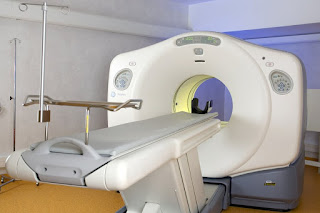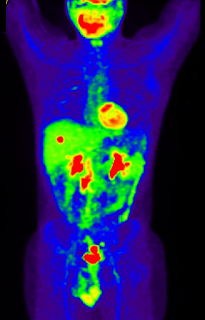X-Rays Properties
1. X-rays are very energetic form of electromagnetic radiation.
2. They passes great penetrating power. X-ray penetrate different object more or less according to their density.
3. X-rays are used to view images of the bones and other structure in the body.
4. X-rays are not influenced by electric or magnetic field.
5. However they can cause ionization of gases indirectly as they can remove orbital electron from atoms.
6. Their wavelength ranges from 0.1 to 0.5 Angstrom (0.01 to 10 nanometer ), corresponding to frequencies in the range 30 petahartz to 30 exahertz ( 3 × 10¹⁶ Hz to 3 × 10¹⁹ Hz ) and Energies in the range 100 ev to 100 kev.
7. They travel at the speed of light i.e. ( 3 × 10⁸ m/s ).
8. They travel in straight line, like light rays, however, unlike light rays, they cannot be focused by a lens.
9. They liberate minute amounts of heat on passing through matter.
10. They cause fluorescence of certain crystals.
11.They cause photographic effect on silver halide crystals, which is a chemical change.
12. They can produce other chemical as well as biological changes mainly by ionization and excitation.
 |
| Fig.1: X-Ray Properties |
13. Being electromagnetic waves, they are electrically neutral.
14. X-rays affect the photographic film and form latent image which is a chemical changes.
15. X-rays are invisible radiation.
16. X-rays produce chemical changes in substances through which the pass.
17. X-rays produce biological effects in living organism.
18. The cells can be either damaged or killed due to x-ray exposure.
19. X-rays produce fluorescence in material like calcium tungstate and zinc calcium sulfide etc.





















